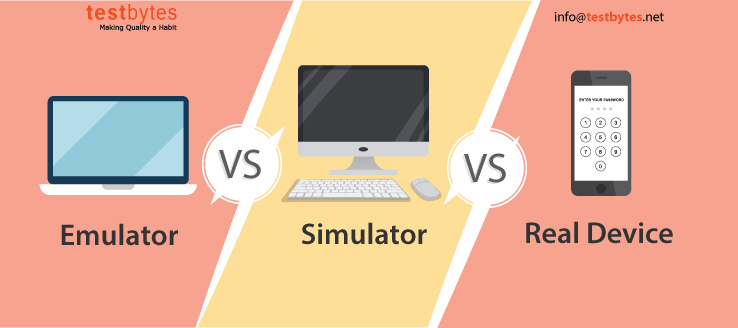With 6.5 billion or more cellphone consumers globally, it is no surprise that the application development industry is reaching new heights. It’s one of the things driving up the use of mobile apps globally. As a result of these numbers, the development of mobile apps is steadily increasing to remain competitive in the market.
Mobile app testing by app developers in Virginia is essential for ensuring that the app’s reliability, accessibility, usefulness, and performance meet various testing requirements and provide the desired user experience on a range of devices during the web or app development process.
Businesses are implementing the top mobile device testing solutions to enable fast and affordable mobile app development. Everyone understands the value of reliable testing, but picking the right tool is essential.
In this blog, we will uncover some mobile testing device solutions.
Mobile Testing Device Solutions
As technology advances over time, testing keeps up with these developments in newly developed mobile screening device solutions. By examining the app’s behavior, UI, and functional elements, such solutions were developed to allow mobile app assessment and cross-browser analysis of sites on multiple mobile phones.
Such testing is carried out to ensure that websites and apps behave consistently across various mobile devices. The OS, screen resolution, and hardware configuration of these devices vary, so what functions one way may not function in another.
Mobile testing is conducted mainly on two kinds of devices:
- Real Devices
- Virtual Devices.
Real Device
A real testing device is another mobile handset type utilized to operate the site or app to assess its functionality or behavioural patterns. To use the apps or websites, end consumers would use such actual or real devices.
The testing team typically purchases a few mobile devices with iOS, Android, iPads, and tablets to test their software apps.
Virtual testing device
A virtual device, in contrast to a real one, is a piece of software used by IT companies in Virginia on a computer that simulates various vital elements of a real smartphone. Its mimicry of a smartphone makes it easier for testers to execute software applications on it and determine how well they operate when used with the specified real device
.
These gadgets are economical, but their accuracy and dependability prevent them from replacing real instruments.
There are two different virtual testing tools:
- Emulators
- Simulations
The findings we obtain from testing on actual devices are significantly more accurate. Still, the expense of testing is higher because the business must purchase a few devices and regularly upgrade them as more innovative devices launch in the market.
Therefore, the corporations discovered a means to avoid the costs associated with testing on real devices by inventing virtual testing equipment. In this manner, whenever testers attempt cross-browser integration testing for their product, virtual devices come to the fore.
What are Emulators?
An emulator is a piece of software replicating the hardware and software of the intended device on a computer. They achieve this by employing binary translation to translate the target device’s Instruction Set Architecture (ISA) to the ISA of the computer you might use to conduct the test.
Every processor family uses the ISA set of directives, defined in machine language, to create the setup of their device while keeping in mind the behavior and functioning of the hardware. By translating the ISA of the target mobile device and creating a simulated environment for assessment, you can simulate the performance of your target device.
Some popular emulators for the testing process include the iPhone emulator, Galaxy emulator, and Android emulator.
What are Simulators?
A simulator is typically used with iPad and iPhone devices. It is software that helps your computer execute a particular program on several OSs.
The required app is executed inside the required iOS simulator, which imitates an iOS device on top of the computer’s OS. However, one can only use the iOS simulator on macOS because it needs Apple’s native Cocoa API. Runtime, GUI, and many more tasks depend on this API.
Because they must utilize a MacBook to operate on it or virtualize macOS on their present computers, this seems to be a problem for developers.
Simulators don’t simulate hardware, in contrast to emulators. This is why using simulators for evaluation prevents one from looking at specific functionalities like cellular delays, battery usage, etc.…
